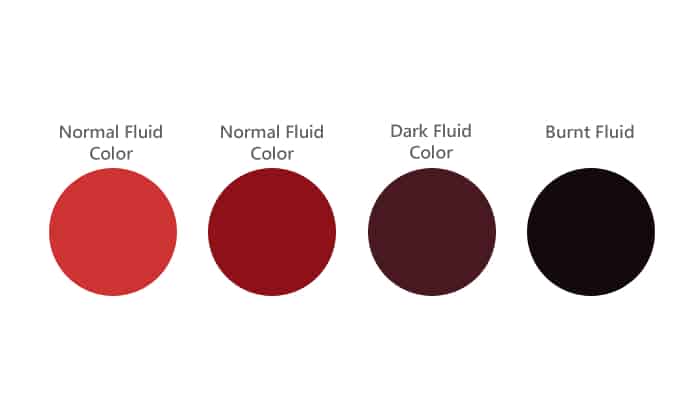2015 Chevy Cruze Transmission Fluid Capacity
When it comes to maintaining your 2015 Chevy Cruze, one important aspect to consider is the transmission fluid capacity. Ensuring that your vehicle has the correct amount of transmission fluid is crucial for its smooth operation and longevity. In this article, we will provide you with the necessary information regarding the transmission fluid capacity for your Chevy Cruze.
Transmission Fluid Capacity and Type
| Popular posts |
|---|
| What to do to prolong the life of your manual gearbox |
| Automatic transmission: what it is, how it works |
Before we dive into the details, let’s take a look at the transmission fluid capacity and type for the 2015 Chevy Cruze. The table below provides the recommended fluid capacity in both quarts and liters:
| Transmission Fluid Capacity | Quarts | Liters |
|---|---|---|
| Automatic Transmission | 4.5 quarts | 4.3 liters |
| Manual Transmission | 2.4 quarts | 2.3 liters |
It is important to note that these values are approximate and may vary slightly depending on your specific vehicle model and transmission type. Always refer to your owner’s manual or consult a professional if you have any doubts.
Why is Transmission Fluid Capacity Important?
Now that we know the recommended transmission fluid capacity, let’s understand why it is crucial to maintain the correct amount. Transmission fluid serves multiple purposes, including lubricating the moving parts, cooling the transmission, and providing hydraulic pressure for gear shifting.
If your transmission fluid level is too low, it can lead to inadequate lubrication, increased friction, and excessive heat. This can result in premature wear and damage to the transmission components, leading to costly repairs or even complete transmission failure.
On the other hand, overfilling the transmission with fluid can also cause issues. It can lead to foaming, which reduces the fluid’s ability to lubricate and cool the transmission effectively. Additionally, excess fluid can put unnecessary strain on the seals and gaskets, potentially causing leaks.
How to Check and Add Transmission Fluid
Checking and adding transmission fluid is a relatively simple process, but it’s essential to follow the correct steps. Here’s a general guide to help you:
- Park your Chevy Cruze on a level surface and engage the parking brake.
- Locate the transmission dipstick. It is usually labeled and can be found near the engine bay.
- With the engine running and the transmission in either “Park” or “Neutral,” remove the dipstick and wipe it clean with a lint-free cloth.
- Reinsert the dipstick fully and then remove it again to check the fluid level. The dipstick will have markings indicating the proper range for the fluid level.
- If the fluid level is below the recommended range, add small amounts of the appropriate transmission fluid at a time. Be cautious not to overfill.
- Recheck the fluid level using the dipstick and add more fluid if necessary. Repeat this process until the fluid level is within the recommended range.
- Once you have achieved the correct fluid level, securely reinsert the dipstick and ensure it is properly seated.
Remember, it is crucial to use the correct type of transmission fluid recommended by Chevrolet for your specific Cruze model. Using the wrong fluid can lead to severe transmission damage.
Conclusion
Ensuring the proper transmission fluid capacity is maintained in your 2015 Chevy Cruze is essential for the smooth operation and longevity of your vehicle’s transmission. By following the recommended capacity and type, as well as regularly checking and adding fluid when necessary, you can help prevent costly transmission issues down the road. Remember to consult your owner’s manual or seek professional assistance if you have any doubts or concerns.
What Color Should Transmission Fluid Be?


